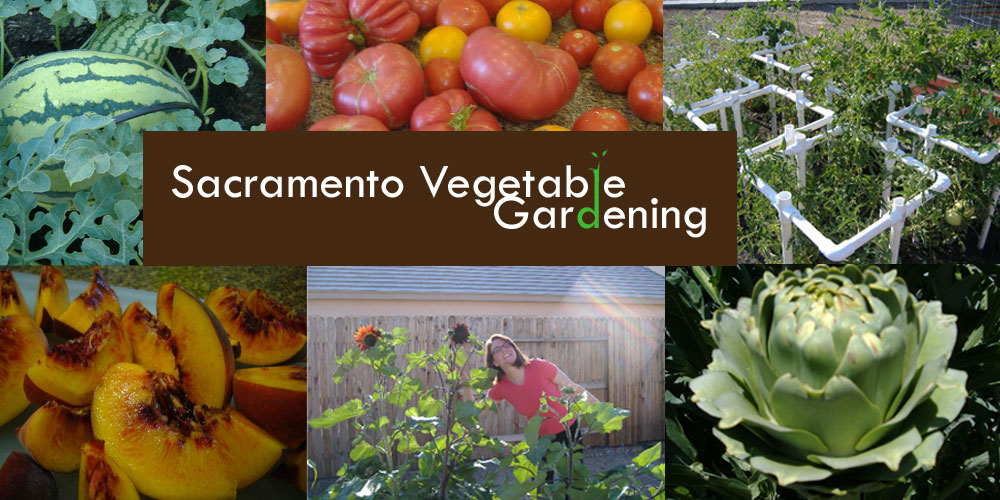I know this may sound like bragging to some, and perhaps it is, but it really isn't intended to be that way. I might, however, might be bragging about my wife's green thumb when it comes to anything leafy-green in the garden. Sorry, but that's allowed.
Venus isn't just growing greens. She's growing greens on some kind of steroids.
The photo to your left is just an example of what comes out of the garden on a nightly basis. And we can't really get to all of it before it goes to seed. The greens to your left include Swiss Chard, Arugula, two types of Mustard greens, Kale and Collards.
Venus loves to grow all types of lettuce and spinach, and they do grow well in the fall, winter and spring months. But when the hot weather of summer begins to set it, as it always does, the lettuce can't take the heat.
Last year we invested in seeds from a variety of lettuce developed in Israel, and guaranteed to produce greens in the hottest of desert heat. And it promptly bolted about five seconds after sprouting. We learned the hard way that what stands up well in Israel, doesn't exactly transfer into success in Sacramento.
But, trial and error is what gardening is all about.
We'll keep trying, of course. There are hundreds of varieties of lettuce to experiment with. It's just that 99.9% of them start to bolt to seed once they get a taste of Sacramento's summertime heat. Perhaps lettuce does better in foothill areas? I'm not sure. What I can tell you is this: it's tough to grow in the riverbottom.
But for now - the monster chard, mustard, arugula, kale and collards are doing a fine job of lettuce immitation. It may not have the water content of your standard head of iceberg lettuce, still one of my favorites, but it sure is tasty.
 The lettuce and peas featured in this colander went into one of my favorite meals the other night -- tasty Turkey Taco Salad. That salad also contained freshly harvested radishes from the garden, and yes, the second and third ripe Bloody Butcher tomatoes to come from the summer tomato garden.
The lettuce and peas featured in this colander went into one of my favorite meals the other night -- tasty Turkey Taco Salad. That salad also contained freshly harvested radishes from the garden, and yes, the second and third ripe Bloody Butcher tomatoes to come from the summer tomato garden.Do those tomatoes have that fresh, ripened on the vine, summertime zing that tomatoes usually have? Almost -- but not quite. They may look red. They may be soft to the touch. They may look quite ripe. But they're not quite "there" yet in terms of that summertime *ZING* of fresh tomato taste.
But, I can tell you this much: It's better than anything coming out of neighborhood stores at this point.




 This was a fairly easy project once we got all the tools in place. We used one Makita to drill pilot holes for the screws, another for the countersink and the third for the actual screw driving. Screws would then be driven into the 2X4 pieces placed in the corners, plus two more located in the center of the box for reinforcement.
This was a fairly easy project once we got all the tools in place. We used one Makita to drill pilot holes for the screws, another for the countersink and the third for the actual screw driving. Screws would then be driven into the 2X4 pieces placed in the corners, plus two more located in the center of the box for reinforcement.



.jpg)

 And there it was -- as plain as you can see. A bright red, small, potato staring right back up at me. You can clearly see the small spud in the center of the picture to your immediate right.
And there it was -- as plain as you can see. A bright red, small, potato staring right back up at me. You can clearly see the small spud in the center of the picture to your immediate right.






 Each plant had not only flowered, but many of those flowers had resulted in fruit. Most of the plants had no more than three or four tomatoes, but in some cases there were more. The Druzba -- for example -- has thrown out ten tomatoes. And the Black Cherry plant you see to your left? That's just one of several clusters of cherry tomatoes that have developed so far.
Each plant had not only flowered, but many of those flowers had resulted in fruit. Most of the plants had no more than three or four tomatoes, but in some cases there were more. The Druzba -- for example -- has thrown out ten tomatoes. And the Black Cherry plant you see to your left? That's just one of several clusters of cherry tomatoes that have developed so far.














